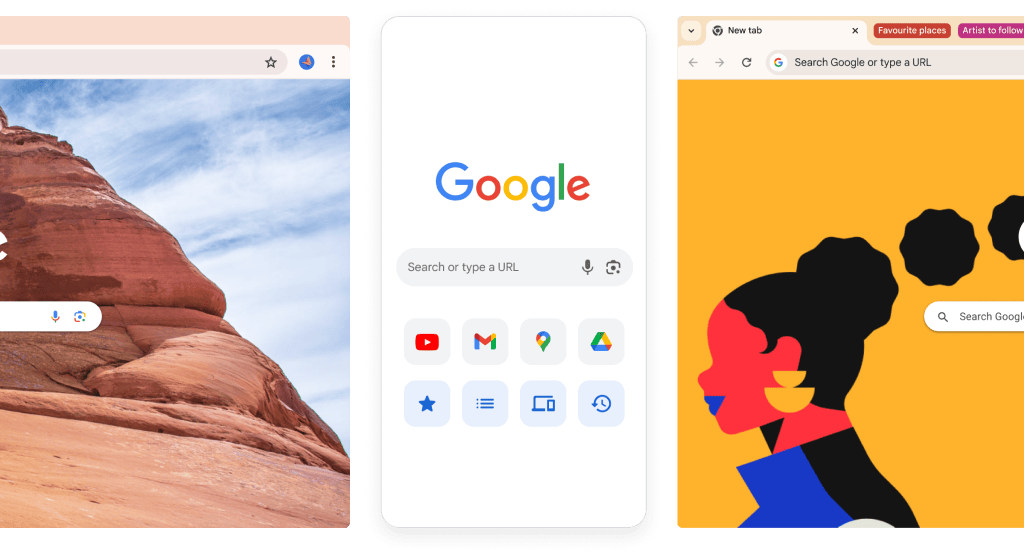The Windows operating system comes with Internet Explorer as its default web browser. Internet Explorer is a free and pre-installed program on all Windows operating system versions.
The Windows operating system has been the most popular and widely used computer system across the globe for several years. Internet Explorer, the default web browser that comes with Windows, has had its ups and downs over the years as newer and better browsers have come about.
However, it still remains a popular choice for users who are not familiar with changing settings or downloading new software. Internet Explorer comes with several beneficial features, including Microsoft Windows Security features and integration with other Windows applications. Despite its criticisms, Internet Explorer remains a browser that is easy to use for the average person, and is accessible to all those who use the Windows operating system.
The Top Web Browsers
When using the Windows operating system, there are several options for web browsers. Google Chrome, Mozilla Firefox, Microsoft Edge, and Apple Safari are among the most popular web browsers available. Google Chrome is known for its speed, simplicity, and easy-to-use features. Mozilla Firefox is also fast and boasts great privacy features that block trackers and ward off harmful downloads. Microsoft Edge is the default browser for Windows 10 and offers seamless integration with the Windows ecosystem. Apple Safari is the default browser for Mac but is also available for Windows and has a reputation for being secure and fast, thanks to its performance-optimizing features. Ultimately, the best web browser for you is the one that meets your specific needs and preferences, whether it be speed, security, or ease of use.
What Browser Comes With Windows?
Windows operating systems come with Microsoft Edge as the pre-installed web browser. It replaced the older Internet Explorer that was the default web browser for almost two decades.
Internet Explorer had features such as ActiveX and support for legacy web applications, but it was criticized for being slow and buggy. With the advent of HTML5 and CSS3, it couldn’t keep up and started losing market share to competitors like Google Chrome and Mozilla Firefox.
Microsoft Edge is built on a new engine called EdgeHTML, which is faster, more secure, and has better support for web standards. It also has features like Cortana integration, PDF viewing, and annotation. Moreover, Microsoft Edge has a simple and intuitive interface that is easy to use.
| Browser | Pros | Cons |
|---|---|---|
| Internet Explorer | ActiveX support, legacy web app compatibility | Slow, buggy, poor web standard support |
| Microsoft Edge | Fast, secure, better web standard support, Cortana integration, PDF viewing and annotation | No legacy web app compatibility |
How To Update Your Browser On Windows
Updating your browser on Windows is crucial to ensure the security and performance of your device. When you upgrade your browser, you can access the latest features, bug fixes, and security patches that ensure your browsing experience is safer and more efficient. To update your browser on Windows, follow these simple steps:
| Step | Action |
|---|---|
| 1 | Click on the Windows Start Menu. |
| 2 | Type in “Update” in the search box and click on “Check for Updates.” |
| 3 | Find the browser you want to update and select “Download and Install.” |
Upgrading your browser is important as it ensures that you have the latest security updates, making it less vulnerable to cyber-attacks. Regular browser updates also ensure you can access all the features of your favorite websites, and experience faster browsing speeds. So, make sure to update your browser regularly to get the most out of your browsing experience.

Credit: www.google.com
Customizing Your Browser Settings
Customizing your browser settings can help to enhance your browsing experience and even protect your privacy. Here are some preferences to take into account.
Preferences
By adjusting your browser’s preferences, you can choose how your browser behaves and interacts with websites. Some preferences to consider updating include your default search engine, language settings, and cookies.
Extensions And Add-ons
Browser extensions and add-ons can add useful features to your browsing experience such as ad-blockers, password managers, and productivity tools. However, be cautious of the permissions you grant to these extensions as they can collect your data or harm your system.
Security And Privacy Settings
Adjusting your browser’s security and privacy settings can help to protect your data and prevent malicious actors from accessing your system. You can customize settings such as blocking pop-ups, enabling Do Not Track, and clearing your browsing history.
| Settings | Description |
|---|---|
| Default Search Engine | Choose your preferred search engine. |
| Language Settings | Select the language for your browser’s interface and web content. |
| Cookies | Decide how cookies are handled and stored. |
| Extensions and Add-ons | Add additional features to your browsing experience. |
| Security and Privacy Settings | Protect your data and prevent malicious activities. |
Troubleshooting Common Browser Issues
If you are experiencing slow performance with your browser, the first step is to clear your cache and browsing history. This can free up valuable space and boost browser speed. It’s also important to check for any updates or add-ons that may be causing a slowdown.
Crashes and freezes can often be resolved by disabling any conflicting add-ons or extensions. You can also try resetting your browser settings to their default state. If the issue persists, it’s recommended to uninstall and reinstall the browser.
Pop-ups and adware can be a major annoyance and potentially harmful to your computer. To prevent this, ensure that you have a pop-up blocker enabled and install a reputable anti-virus program. It’s also important to only download software from trusted sources and be cautious when clicking on links or downloading attachments.

Credit: www.amazon.com

Credit: medium.com
Frequently Asked Questions Of What Browser Comes With The Windows Operating System
Which Web Browsers Comes With Windows Operating System?
Windows operating system comes with Microsoft Edge as the default web browser. However, older versions of Microsoft Windows, such as Windows 7, also includes Internet Explorer as a pre-installed browser.
What Is The Default Browser That Comes With Windows?
The default browser that comes with Windows is Microsoft Edge.
What Browser Software Comes Free With Windows Operating System?
Internet Explorer comes free with Windows operating system. In newer versions of Windows like Windows 10, a new browser called Microsoft Edge has replaced Internet Explorer.
What Is The Inbuilt Browser In Windows?
Microsoft Edge is the default browser in Windows 10 and is pre-installed on all Windows devices. It is a modern web browser that provides fast, secure, and intuitive web surfing experience.
Conclusion
To sum up, the Windows operating system’s default web browser is Microsoft Edge. However, users are free to install and use other browsers such as Google Chrome, Mozilla Firefox, or Opera. While Edge comes pre-installed on Windows, it’s a good idea to explore other options to find a browser that best suits your needs and preferences.
No matter which browser you choose, remember that it’s important to keep it updated to ensure a smooth and safe browsing experience.